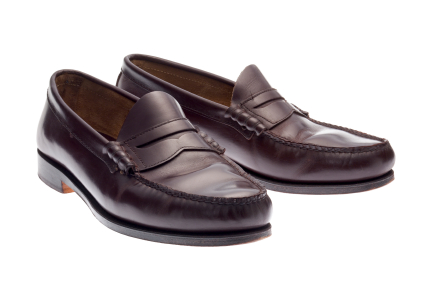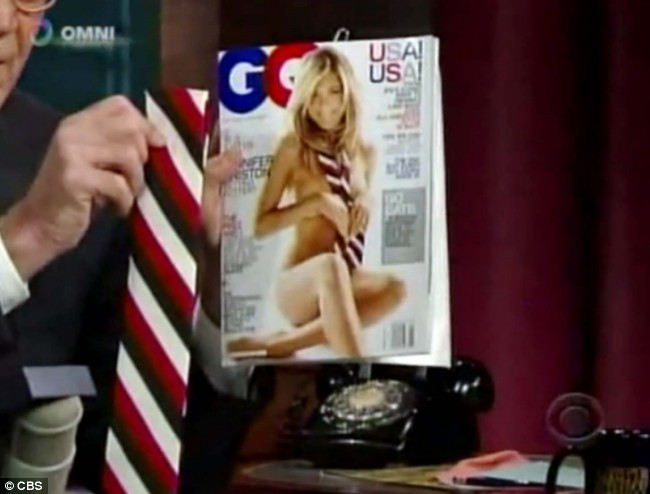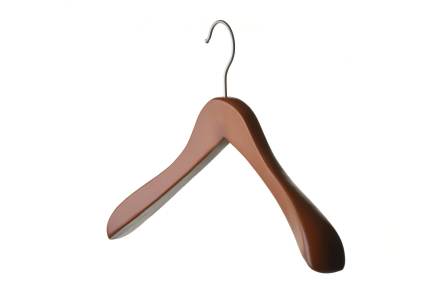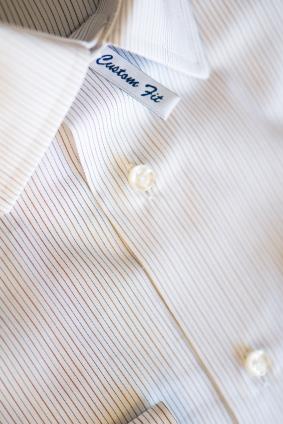Can You Wear Jeans to Work?
If you work in a relaxed office environment, than chances are that suit and tie are not part of your daily work attire. Although casual workplaces are usually more relaxed they offer the option for some very dreadful and career harming, fashion choices. Before you choose to wear your jeans to work, there are a few things to consider:
Your Company Culture & Dress Code
Even though most companies don’t have a “written dress code” a non-written one exists in most industries. Before showing up too casual, something that can be seen as disrespect to your job by superiors, it is advisable to check on what attire is considered acceptable. Don’t look at want your peers are wearing, but choose your superiors as a role model when it comes to office dress code.
Can You Wear Jeans to Work?
Even if you find that jeans are acceptable at your work place, there are a few things to consider in the choice of denim you choose. First off, your torn designer Jeans, no matter how stylish they are, is a big no-no at work. Instead choose dark colored denims. Dark colored jeans are more professional and they look more refined when worn with a blazer and dress shoes. Light colored jeans may look outdated or a little too casual.
Which Jeans are Best?
Straight cut jeans are still the best for your “office jeans”. Straight cuts permit you to pair them up with different kinds of footwear – from loafers to dressy oxfords. You can always improve your look with progressive shoes such as dress sneakers from Ferragamo or Hugo Boss. Choose footwear that compliments the rest of your outfit, not only in color, but also in design and cut. A sporty pair of loafers would be out of place with a suit and tie, but might opt for an excellent choice in combination with our dark blue denims.
The Right Fit
Differentiate your jeans between “office jeans” and jeans you wear out to a tendy bar on weekends. What they have in common are that they are both blue and made from denim, bit that is about it. Your “office jeans” should fit well – neither too loose nor too tight in the seat. Look for a nice-fitting pair of chinos and use it as a guide in finding denim that you can wear for work. Then look for add-ons that are trendy but still conservative enough for “office wear”. So-called “Trigger jeans” that have an antique wash are a good example -they give just enough style for you to appear contemporary but are just conservative enough for work.
Add more Class with the Right Accessories
Combine your jeans with a nice pair of leather loafers, a button up dress shirt, a nice belt (one that matches your shoes, and a set of cufflinks, and your overall look is stylish and “business-trendy”. A nice skinny necktie might also be a good choice. Best suited are skinny ties for taller, thin-built men.
The DON’Ts of wearing jeans to work
Leave your “clubbing” jeans in your closet! Jeans with excessive stitching on the back that highlights certain parts of your body, torn jeans, and jeans with excessive “wash” must be left at home. In addition make sure that the jeans fit properly and are not too tight or too baggy.
Your Cheap Neckties Team
 Change has been the motto for Obama during his entire campaign. A motto that was also evident when looking at his and his wife’s, Michelle Obama’s, wardrobe during the Inauguration Ball last night. While classic White Tie Attire consists of white bow tie, white waist-coat, black tailcoat tuxedo, and wing-tip collar dress shirt, President Obama added a modern, slightly more casual touch to the most formal of all dress codes.
Change has been the motto for Obama during his entire campaign. A motto that was also evident when looking at his and his wife’s, Michelle Obama’s, wardrobe during the Inauguration Ball last night. While classic White Tie Attire consists of white bow tie, white waist-coat, black tailcoat tuxedo, and wing-tip collar dress shirt, President Obama added a modern, slightly more casual touch to the most formal of all dress codes.  It should not extend below the jacket. Second, the pants are not tailored correctly. They should be hemmed slightly higher up the leg. Third, he should be wearing a wing-tip dress shirt. And finally, the cuffs of the shirt should extend out of the jacket by about 1/2 inch.
It should not extend below the jacket. Second, the pants are not tailored correctly. They should be hemmed slightly higher up the leg. Third, he should be wearing a wing-tip dress shirt. And finally, the cuffs of the shirt should extend out of the jacket by about 1/2 inch. Champagne Color Necktie
Champagne Color Necktie Paisley Wedding Necktie
Paisley Wedding Necktie You have been flipping through magazines and noticed that loafers have become quite popular. So you went out and bought a pair for yourself. Chances are that like most men, you find liking not only in the style, but also in the convenience of not having to tie any shoe laces. Before you slip them onto your feet on your next day to the office there are a few things you should know.
You have been flipping through magazines and noticed that loafers have become quite popular. So you went out and bought a pair for yourself. Chances are that like most men, you find liking not only in the style, but also in the convenience of not having to tie any shoe laces. Before you slip them onto your feet on your next day to the office there are a few things you should know. As you might have heard, Jennifer Aniston was posing on the cover on GQ magazine with nothing more but a necktie. Now we heard the news that
As you might have heard, Jennifer Aniston was posing on the cover on GQ magazine with nothing more but a necktie. Now we heard the news that  No matter how tired you are after a long day of work, it is important to take the extra minute or two to hang your suit onto a hanger. I think we have all failed to do this before, but simply throwing the jacket, pants, and shirt over a chair will add more headache later on. Doing this can cause the suit to wrinkle, and even worse, it might ruin the the suit’s shape permanently. Below are a few tips on how to hang your suit the right way. Doing this will not only keep the suit wrinkle and odor free, but will also protect the fabric.
No matter how tired you are after a long day of work, it is important to take the extra minute or two to hang your suit onto a hanger. I think we have all failed to do this before, but simply throwing the jacket, pants, and shirt over a chair will add more headache later on. Doing this can cause the suit to wrinkle, and even worse, it might ruin the the suit’s shape permanently. Below are a few tips on how to hang your suit the right way. Doing this will not only keep the suit wrinkle and odor free, but will also protect the fabric. Going shopping for dress shirts without knowing your shirt size can be quite time consuming. Before you unwrap each dress shirt and try it on, get to know what size you need first. Once you know the right measurements, chances are you will not even have to try a dress shirt on before you buy it. It will be as easy as buying produce at your local grocery store. Just pick the colors and patterns you like and add them into your shopping cart.
Going shopping for dress shirts without knowing your shirt size can be quite time consuming. Before you unwrap each dress shirt and try it on, get to know what size you need first. Once you know the right measurements, chances are you will not even have to try a dress shirt on before you buy it. It will be as easy as buying produce at your local grocery store. Just pick the colors and patterns you like and add them into your shopping cart.